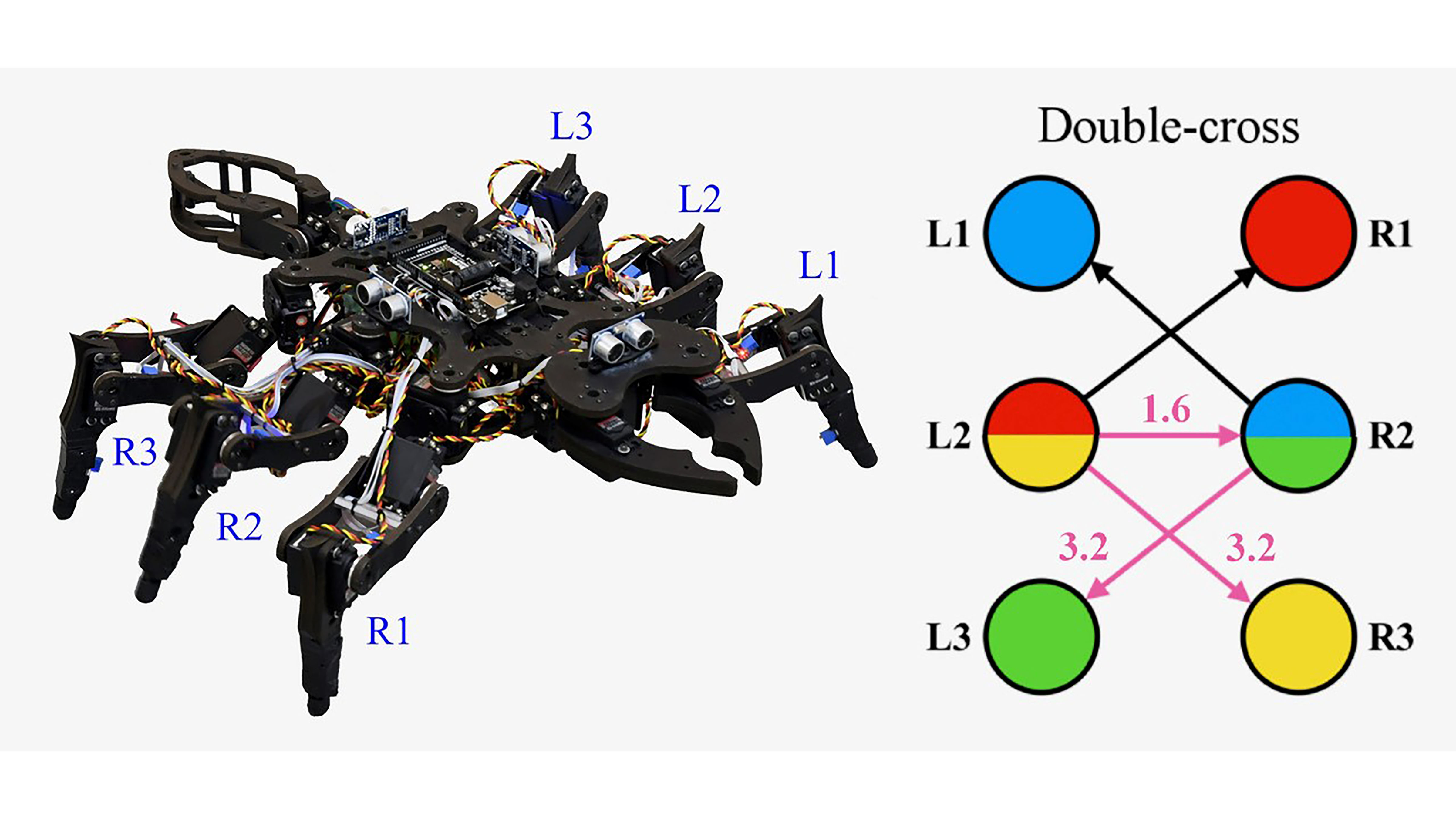Kasey Fowler-Finn, Ph.D., an associate professor of biology at Saint Louis University, and Noah Leith, a recent Ph.D. graduate from Saint Louis University, published a paper in Functional Ecology that examined the thermoregulatory tendencies in plant-living insects. They determined that, while this thermoregulation improved survival in the species, it did not increase reproduction, pointing to a long-term concern for the insect.
Tag: Insect
Detecting Odors on the Edge: Researchers Decipher How Insects Smell More with Less
While humans feature a sophisticated sense of smell, insects have a much more basic olfactory system. Yet they depend upon smell to survive. Scientists have figured out how fruit flies use a simple but efficient system to recognize odors, and the answer lies at the edges of their antennae.
Tsetse fly fertility damaged after just one heatwave, study finds
The fertility of both female and male tsetse flies is affected by a single burst of hot weather, researchers at the University of Bristol and Stellenbosch University in South Africa have found.
Joro spiders well poised to populate cities
The Jorō (Joro) spider was first spotted stateside around 2013 and has since been spotted across Georgia and the Southeast. New research from the University of Georgia has found more clues as to why the spider has been so successful in its spread. The study found the invasive orb-weaving spider is surprisingly tolerant of the vibrations and noise common in urban landscapes.
Nutrients direct intestinal stem cell function and affect ageing
The capacity of intestinal stem cells to maintain cellular balance in the gut decreases upon ageing.

Expert offers tips for combating the invasive spotted lanternfly
Virginia’s most infamous hitchhiker is on the move again: the spotted lanternfly. These insects colonize quickly, disrupt native ecosystems, and potentially cause problems to human health and agriculture. The College of Agriculture and Life Sciences and the Department of Entomology at Virginia Tech and the Virginia Department of Agriculture and Consumer Services have partnered to empower the citizens of the commonwealth to take action themselves on these most unwelcome visitors.
When bugs swipe left
Vinegar flies use pheromones to ensure that they court and mate with members of the same species. As new fly species split off from a common ancestor, but continue to share the same environment, they need a way to rapidly diversify their pheromones to suppress inter-species mating. New research identifies a link between the genetic instructions for the production and perception of sex pheromones.
Trillions of cicadas are beginning to emerge across the U.S. and one Bowling Green State University expert is available to add insight, context to your reporting
Trillions of cicadas are beginning to emerge in parts of the U.S., and Dr. Daniel Pavuk with Bowling Green State University knows all about the bugs and can add helpful information and context about them to your reporting. Labeled as…
Amber-encased fossil shines light on evolution of bioluminescent insects
Trapped in amber for ~100 million years, an exceptionally well-preserved, light-producing beetle sheds light on the diversification of bioluminescent beetles in the Cretaceous period and provides the missing fossil link between fireflies’ living relatives.

‘Chaotic’ Way to Create Insectlike Gaits for Robots
Researchers in Japan and Italy are embracing chaos and nonlinear physics to create insectlike gaits for tiny robots — complete with a locomotion controller to provide a brain-machine interface. Biology and physics are permeated by universal phenomena fundamentally grounded in nonlinear physics, and it inspired the researchers’ work. In the journal Chaos, the group describes using a system of three nonlinear differential equations as a building block for central pattern generators to control the gait of a robotic insect.

In fire-prone West, plants need their pollinators — and vice versa
2020 is the worst fire year on record in the United States. In the face of heartbreaking losses, effort and expense, scientists are still grappling with some of the most basic questions about how fire influences interactions between plants and animals in the natural world. A new study grounded in the northern Rockies explores the role of fire in the finely tuned dance between plants and their pollinators.

Mosquitoes are drawn to flowers as much as people — and now scientists know why
Scientists have identified the chemical cues in flowers that stimulate mosquitoes’ sense of smell and draw them in. Their findings show how cues from flowers can stimulate the mosquito brain as much as a warm-blooded host — information that could help develop less toxic repellents and better traps.